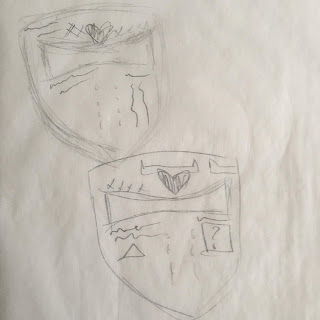1. Which assignment did you ENJOY working on the best? Why?
2. Which assignment did you ENJOY working on the least? Why?
3. How did you like using BLACKBOARD?
4. What is your opinion of the Discussion Groups in this course?
5. Did you participate in any of the extra credit projects in previous modules? If so, what was your opinion of them? (mandala, elgin marbles, culture, art critics)
6. If you had the opportunity to change this course:
What would you keep?
What would you remove?
What would you add?
7. Would you recommend this course to your peers?
8. Please list any other comments you would like to share.
1. The assignment I enjoyed the most was Project 4. I thought it was cool to basically create an exhibit of my own, for whatever artist or artists that I chose. This was also an amazing opportunity to discover an artist I know very little about
2. The assignments i enjoyed the least (really not at all) were doing the video reviews. This was because all of the questions were always the same, for every single set of videos. It became redundant and boring. I also did not like the most of the videos were an hour long.
3. I think blackboard is a convenient service. I think this class was a bit difficult to navigate and keep track of, while on blackboard though. Everything was in a different section and folder. It took a lot of searching and scrolling to be able to find anything.
4. The discussion group was pointless to me because no one cared to respond to anyone else. And a lot of the times, the discussion questions were similar to our blog postings. It was very redundant.
5. No, I did not do any prior extra credit.
6. I would change the class from an online course to in-room class exclusively. I think this class is much to in-depth to leave comprehension entirely up to the student.
I would remove the graphics from the modules because it was elongated the page and made scrolling down very annoying.
7. I would recommend this to my peers, only if there were an in-class alternative.
8. Thank you, Professor Tabone, for everything you've offered to us and taught us. I appreciate this class and the information that it was presented to me. I definitely have a deeper appreciation not just for art itself, but also for the reason why the art came to be. I think without this class, I may not have considered that so deeply.
 ASPARTAN MASK, MADE PATINATED RESIN.
ASPARTAN MASK, MADE PATINATED RESIN. 














